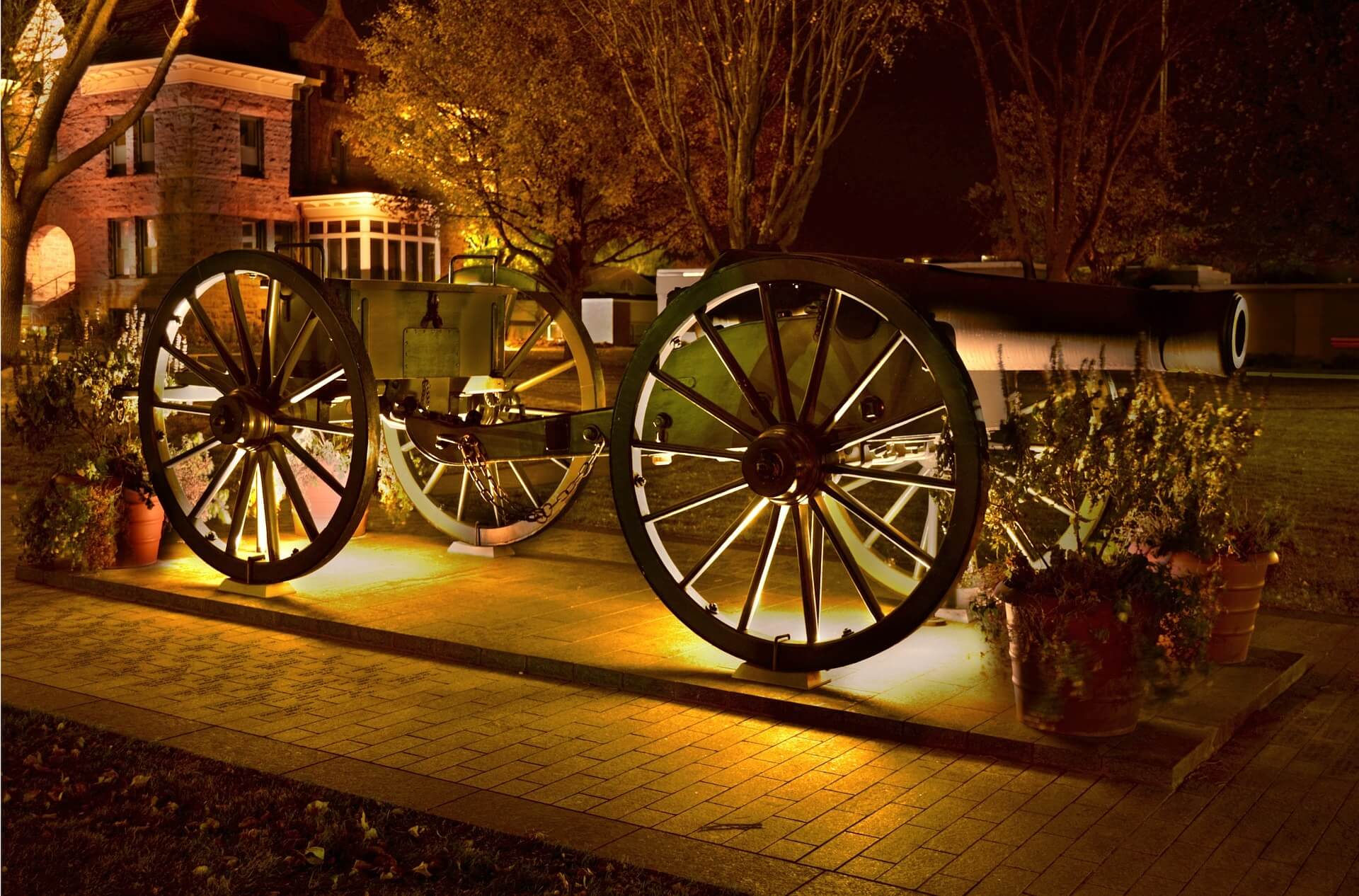Goa before the arrival of the Portuguese was an important trading centre for Vijayanagara Empire and Bahamani Sultanate. The territory was later transferred to the successor state of Bijapur Sultanate. After the Portuguese took over Goa in the 16th century inflow of wealth and prosperity continued. But, things took an ugly turn and Prosperous Portuguese Empire in the East was brought to its knees in just two Blows.
Soon after the Portuguese took over Goa in the year 1510, they began to dominate the Arabian Sea trade harassing the Arabs, Ottomans and also the Mughals. They maintained their supremacy for almost a century even controlling the much coveted spice trade. These gains began to show results in the Portuguese colony of Goa as its grandeur matched other European cities.
First Medical College in Asia, the oldest and the longest Causeway in Asia, Magnificent churches matching their European counterparts, Old Goa city nicknamed ‘Rome of the Orient’ were built during this time. Even the first printing press in Asia was brought to Goa (Although primarily for religious purposes).
So unchallenged were the Portuguese in their might on the waters that Sultanate’s like Gujarat and Bijapur were at their mercy on the ocean( People traveling to hajj were also harassed). Ottomans may have very well controlled the land trade, but on the seas, they were no match for the Portuguese. Due to this unfortunate situation the Portuguese naval fleet had become stagnant. For this they would pay a heavy price.
Economic constraints soon followed due to misplaced priorities; by 1600s other European powers began to show interest in the East. Portuguese were in no position to deal with the new European powers. During its heyday, instead of sending soldiers monks were sent and instead of developing the defence churches were built.
Given that not much attention was paid to Portuguese possessions in east when Spain took over Portugal in 1580. By 1640 when Portugal regained its independence, it was too late.
First bow came from the British East India Company obtaining a farman from the Mughal Emperor Jahangir, granting them trading rights on the port of Surat in return for protection of their sea traffic. This dealt the first nail in Goa’s economic coffin by neutralizing the Portuguese in the northern parts of the Arabian Sea.
Second blow was from the Dutch, who soon made a strong foothold in the south, taking even the Portuguese strong hold of Malacca. This took away Portugal’s sway in the spice trade. Unable to challenge or compete with these two powers By 1660 Portuguese Empire in the East was brought to its knees.
Goa was a visible casualty as its capacity as a port was degraded. On the land it was unable to trade with the interiors like before because the Portuguese had offended the Adil Shahi’s who controlled land around Goa. On the sea it was limited by the Portuguese authority, earlier players like the Arab trades could not play any role in Goa. Isolated from the world Goa kept declining over time.
Prominent example would be the city of Old Goa, from a population of 2, 00,000 to just 2000 thousand in the 18th Century. Most of the city was abandoned due to outbreak of diseases later reclaimed by the forests over time. Only a few buildings and small pockets of evidence survive of the glorious years.
Goa who had traded with the world for almost two millennia by 18th century had lost its importance as an important trading centre. Only major activity after this period was during the 19th- 20th century as the British wanted access to Mormugao Port. For which they even built the first railway in Goa leading up to the port. Like an over protecting mother, Portuguese had caused more harm than benefit to Goa.
Written by Shailesh Shriram Tanpure


